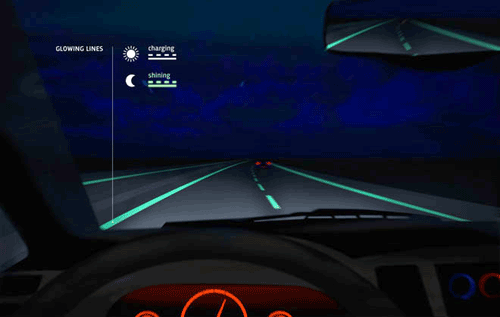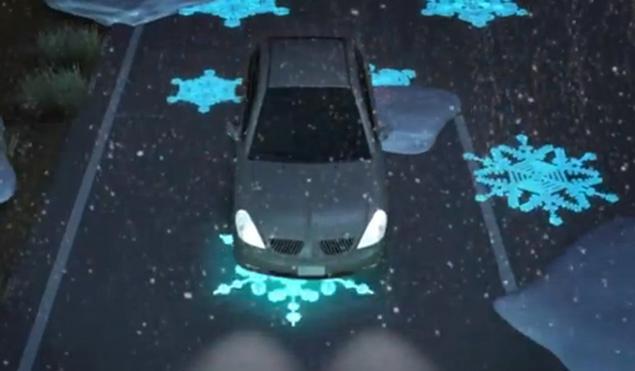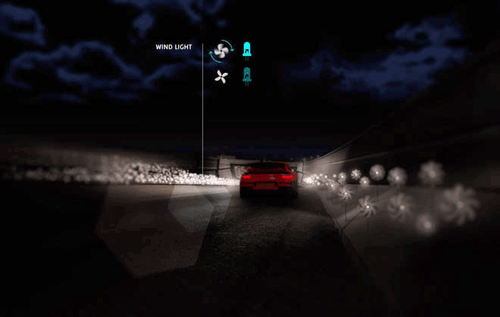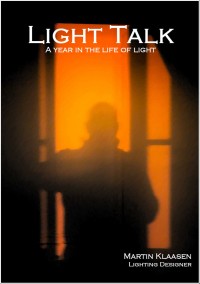Towards zero energy
Perth 5th March2013
As you may have noticed I am a bit more relaxed with my blogging, but yesterday I had a legitimate reason not to blog, it turned out to be a public holiday on arrival here. With all my travel I am losing sight of public holidays. It is only when I called my client to confirm our meeting yesterday afternoon that he replied: “Sorry mate, public holiday today…!” There you go, so we met today 🙂
My meeting had everything to do with sustainability, but I found an interesting aspect to our sustainability study. The property for which I have been preparing a lighting assessment report had over the years changed its incandescent lighting technology into compact fluorescent lighting (CFL) technology with interesting results. It is obvious from the moment that you step inside that there is no mood, insufficient lighting levels and that overall the place misses spark and visual interest. Clearly the result of the “impotent” CFL with poor performance and poor light qualities, there is just ambient light, no contrast. So while to a great extent the goal of a low watts per meter square was realised the complete character of the building interiors got lost. In the process (courtesy of the non-dimmable CFL) the lighting controls also got de-activated with as result the lights being on 24 hours a day, despite ample daylight in the interiors.
Our study shows that there is little energy to be further saved by switching to LED lighting, as the little that can be gained would be mostly offset by the additional lighting required to bring lighting levels back to complying standards. The big savings will happen by re-introducing lighting controls which will allow day light saving and after hour settings…
Light Watch 4-38: All over the world people are trying to find ways to harness natural light to reduce our dependence on artificial energy. In Holland studies and tests shows that using photo-luminising powder in road surfaces is very effective and can replace road markings. It was reported that by the middle of 2013 the Netherlands, always in the front row when it comes to innovation, will start using this technology on its roads, thereby greatly reducing the need for road lighting. The temperature sensitive paint will allow it to pop up under icy conditions for instance, helping car drivers to understand weather conditions. It is studied as an interactive concept with street lighting (powered by solar or wind energy) complementing as needed depending car movements.






 The long awaited book compilation of Martin's first year of blogging is available. Order now.
The long awaited book compilation of Martin's first year of blogging is available. Order now. Feedspot Top 100 Lighting Blogs
Feedspot Top 100 Lighting Blogs